REVIEW – A Nintendo Switch version of the game released for Nintendo GameCube in 2004 was released in 2024; it was a good idea, as the new edition brings the same pleasant atmosphere and easy gameplay that won it over time, making it a recommended purchase for gamers.
The concept is an evolution of the first installment released for Nintendo 64, modernizing what we saw on GameCube, and given the excellence of the Super Mario RPG Remake at the end of last year, Nintendo has become experienced at this.
Two dimensions, one page
Paper Mario: The Thousand Year Door will look unusual at first, as Mario and the characters are all cut out of paper, so when they turn around they don’t look the other way, but it’s a great stylistic element. The game didn’t set out to be revolutionary 20 years ago, and it’s not revolutionary now, but that’s not the basis for judging it. The story, on the other hand, can be surprisingly dark for a franchise, and that’s what sets it apart from the rest of the Mario sub-series. From the very first moments, the game is capable of sweeping you off your feet. Even though our hero is mute, the environment is not silent, from Goombella (who studies archaeology) to Bob-omb. The characters have unique abilities, personalities and backstories, so Rogueport and its surroundings are more elaborate and deeper in that respect. But the frame rate is only 30 FPS (it was 60 on GC), which seems a bit incomprehensible, but if it’s to keep the game still, it’s understandable. Paper Mario: The Thousand-Year Door excels at this: it wants to make you feel good at any given moment, to keep you going when you have to stop for some reason.
So it keeps you playing, and there is no need to spend hours learning the mechanics in the beginning. Battles are turn-based, but a good sense of timing is necessary, as well-timed attacks can do more damage, for example. It’s up to the player how to build their team, as you can choose who fights alongside Mario, and badges can be used to gain new abilities or improve existing ones. It’s not a very deep system, but the fights themselves don’t last 10-15 minutes (in the case of SaGa Frontier Remastered, for example, that’s not an exaggeration…). It’s all much simpler than described here. Could it have been improved? Sure, but when you’re talking about a remake and you want to stay as authentic as possible, it doesn’t make much sense to deviate from the path you’ve already taken. It’s worth it in the game: Paper Mario: The Thousand-Year Door rewards you for looking around every corner, as 2D objects can often hide items that can make things much easier later on (and not just in combat, as items that can be used outside of combat can also appear). And incredible as it may seem, it keeps the pace of the game up.
How is it different from the original?
A few things have been changed in the Nintendo Switch version of Paper Mario: The Thousand-Year Door so that it’s not a lazy port of the GameCube RPG. There are two new badges: Nostalgic Tunes changes music to the original soundtrack from the GC (it wasn’t bad, and there’s nothing to complain about in the Switch version), and Gold Medal is cosmetic, as it turns Mario gold. Getting the Star Pieces fills up the art and sound gallery, Master Toad is hidden in several places to teach new moves and action commands, the sewer has a fast-travel room, the chapter number is on the blue pipe in the new room, you can change your teammate with a wheel (a great addition); if you get really stuck, the new hint system with Goombella will help you know where to go; when you defeat a boss, you get 100 coins (and the max limit is 9999 instead of 999); in the Pianta Parlor, you get the sliding tiles (first seen in Super Mario Bros. 3) minigame instead of the slot machine; some characters now have extra voices; our teammates have new back sprites; we can initially carry 15 items instead of 10; the Switch version has been made easier with the Try Again feature in case of a Game Over, as it will take you back to the current section of the map instead of the last save point… and there are two new secret bosses. Whacka will give you the Golden Whacka Bump and Prince Mush will give you his belt if you beat them, but you have to play the game first. So the change is there, but these are quality upgrades that are good.
Don’t cut
Paper Mario: The Thousand Year Door gets a solid 8.5/10 because the original game was good, and the Switch version hasn’t made it any worse. Maybe it would have been more appropriate to run the game at 60 FPS (it didn’t get a 9/10 because of that), and maybe the game is a bit light, but otherwise it’s an excellent, relaxing experience worthy of the Paper Mario name. So, after the Super Mario RPG Remake, here we go again with another fantastic remake from Nintendo.
-V-
Pros:
+ Lots of neat tweaks compared to the GameCube version
+ It was cozy then, and it still is
+ A relaxing RPG? You don’t have to look any further
Cons:
– But why only 30 FPS…?
– Maybe a little easy
– In some cases, the content could have been expanded
Publisher: Nintendo
Developer: Intelligent Systems
Style: RPG
Release: May 23, 2024.
Paper Mario: The Thousand-Year Door
Gameplay - 8.8
Graphics - 8.7
Story - 9.1
Music/Audio - 8.4
Ambience - 9
8.8
EXCELLENT
Not many changes at first glance, but look a little deeper...

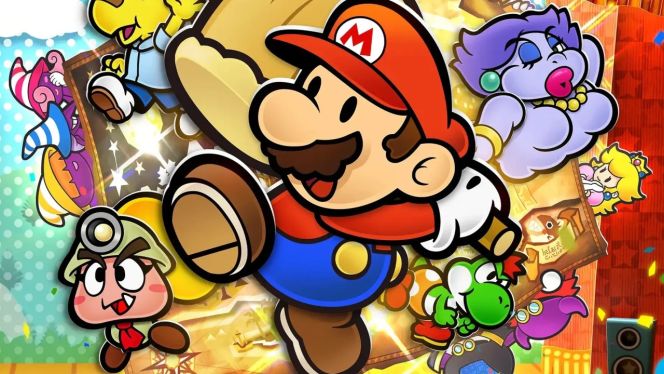
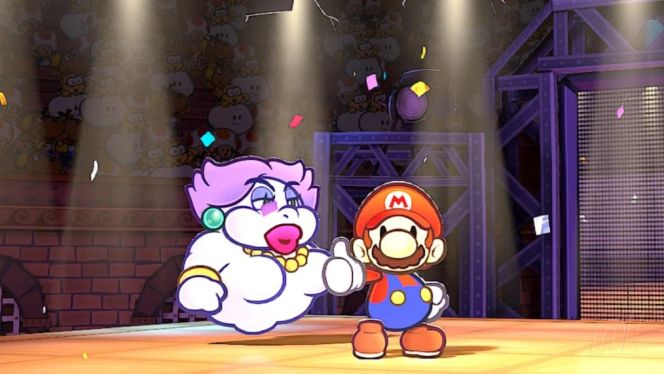
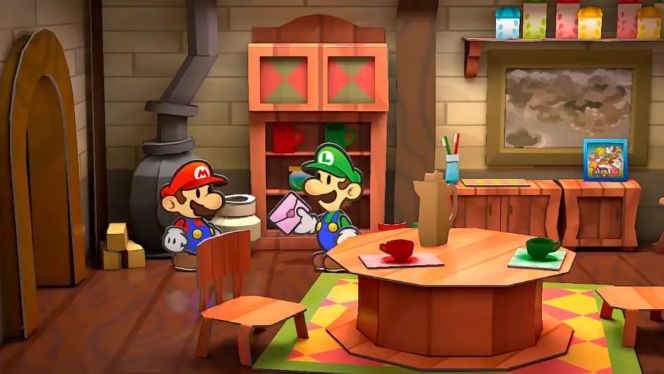
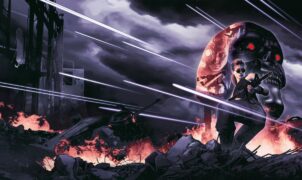





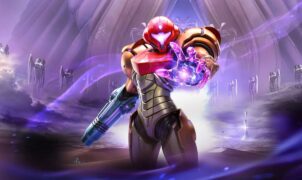

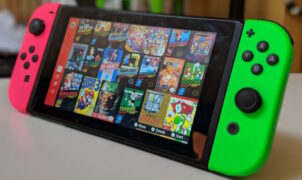





Leave a Reply